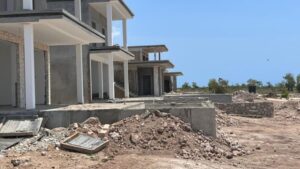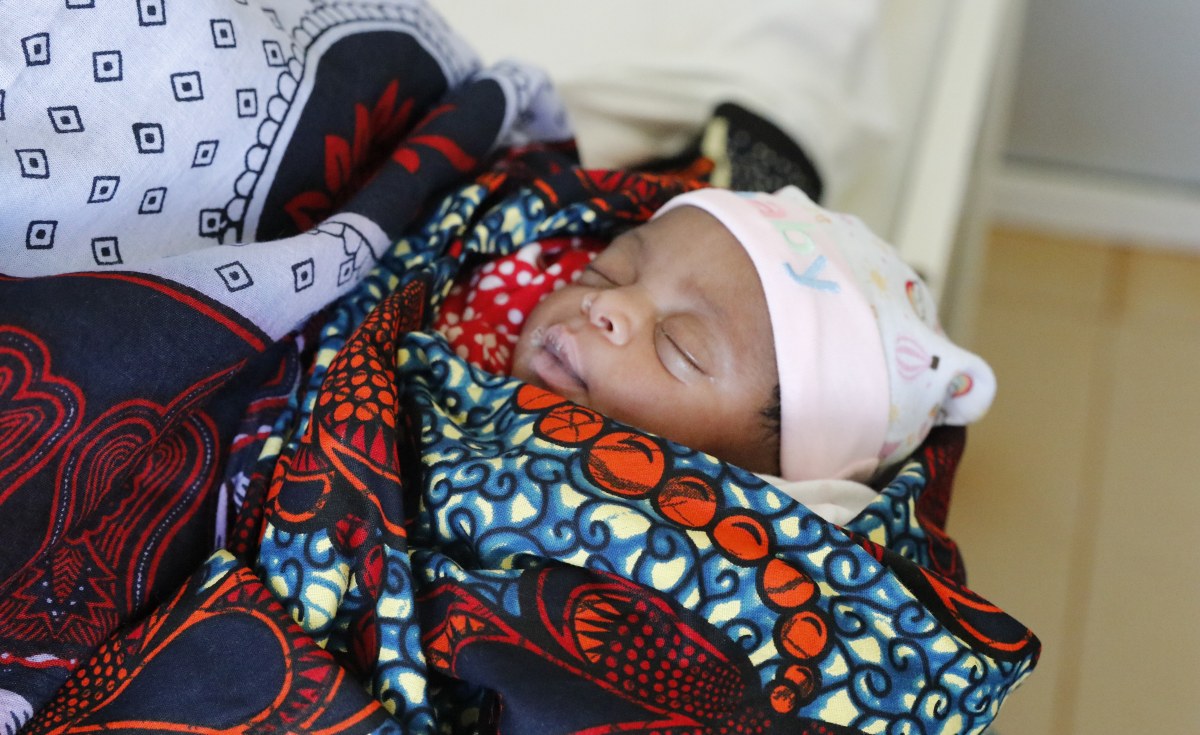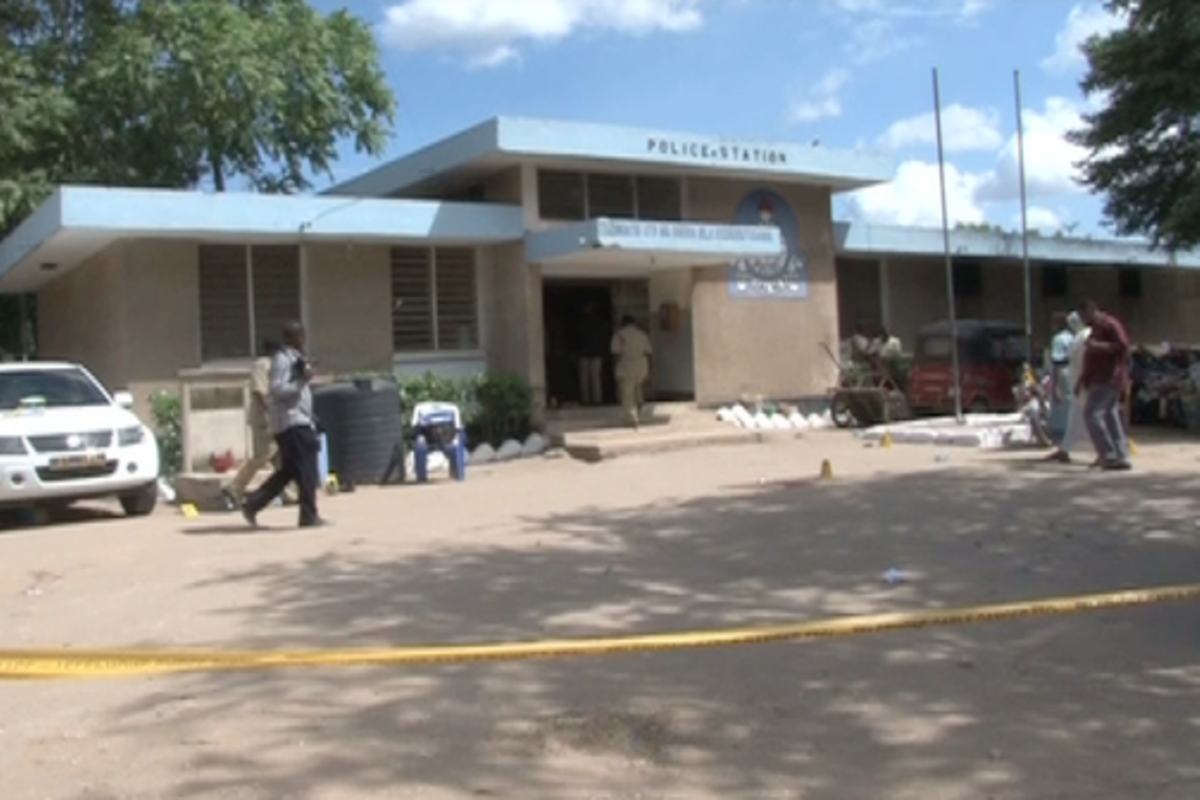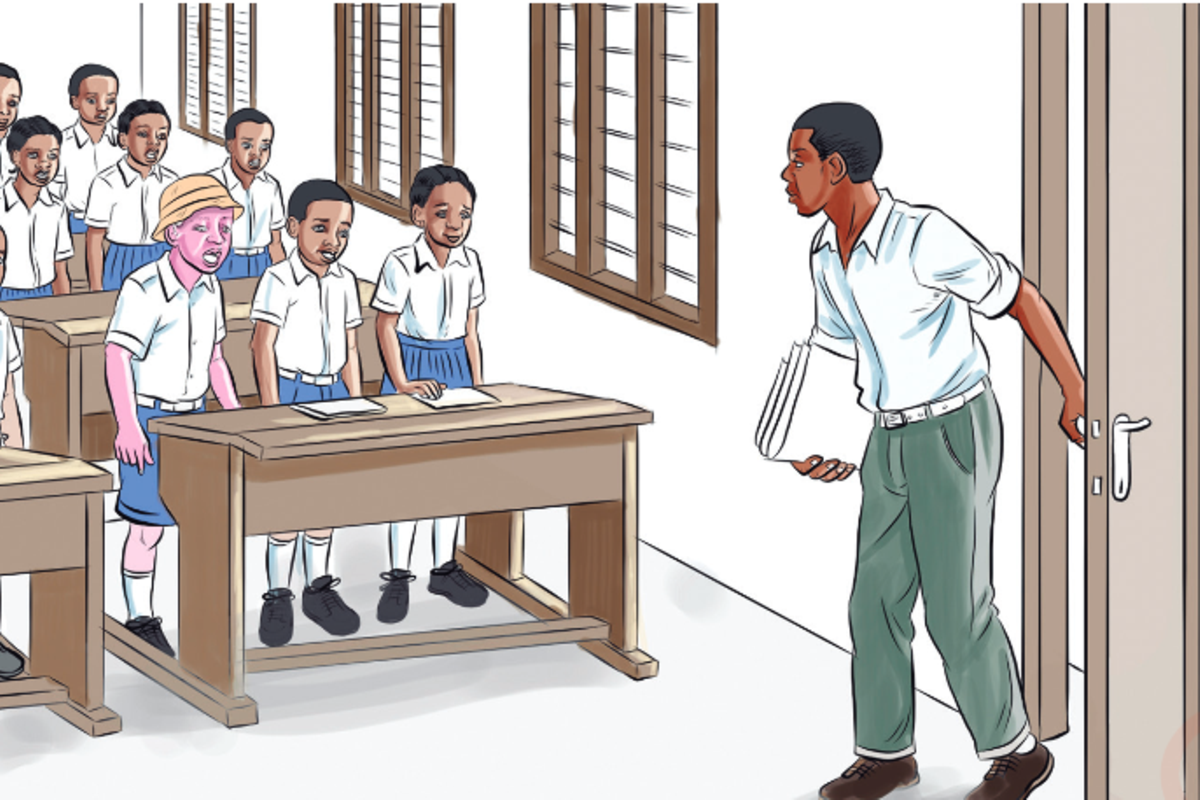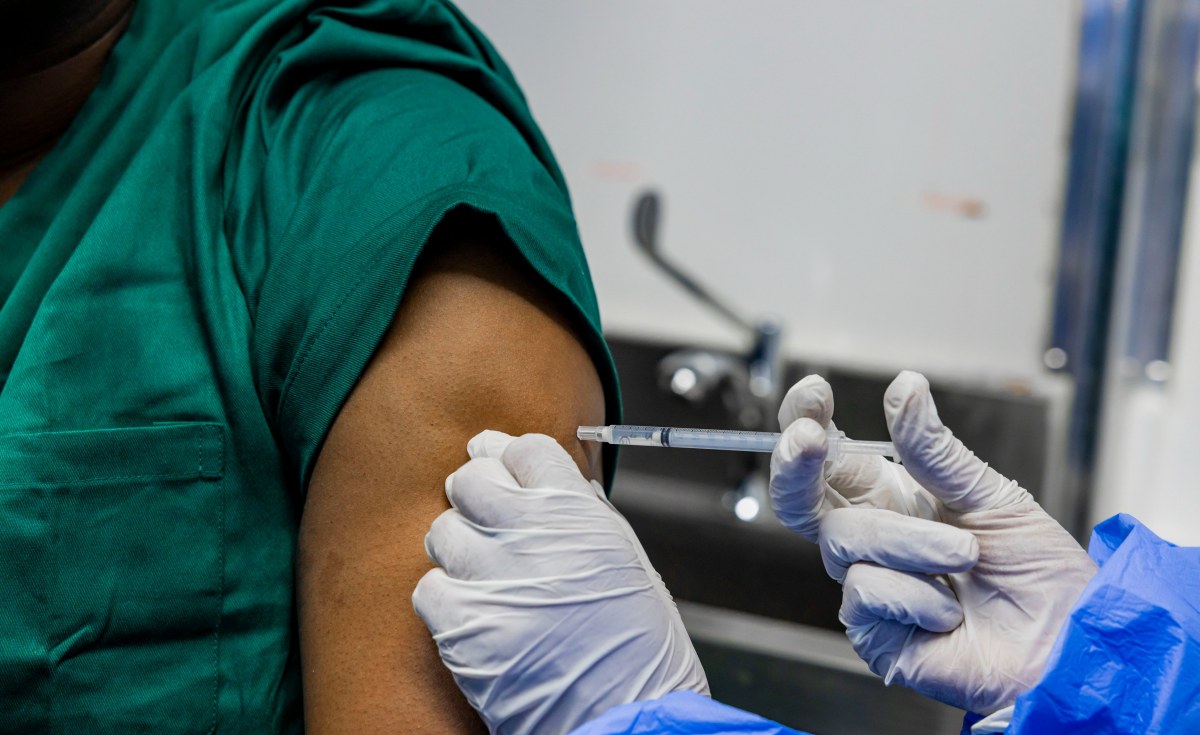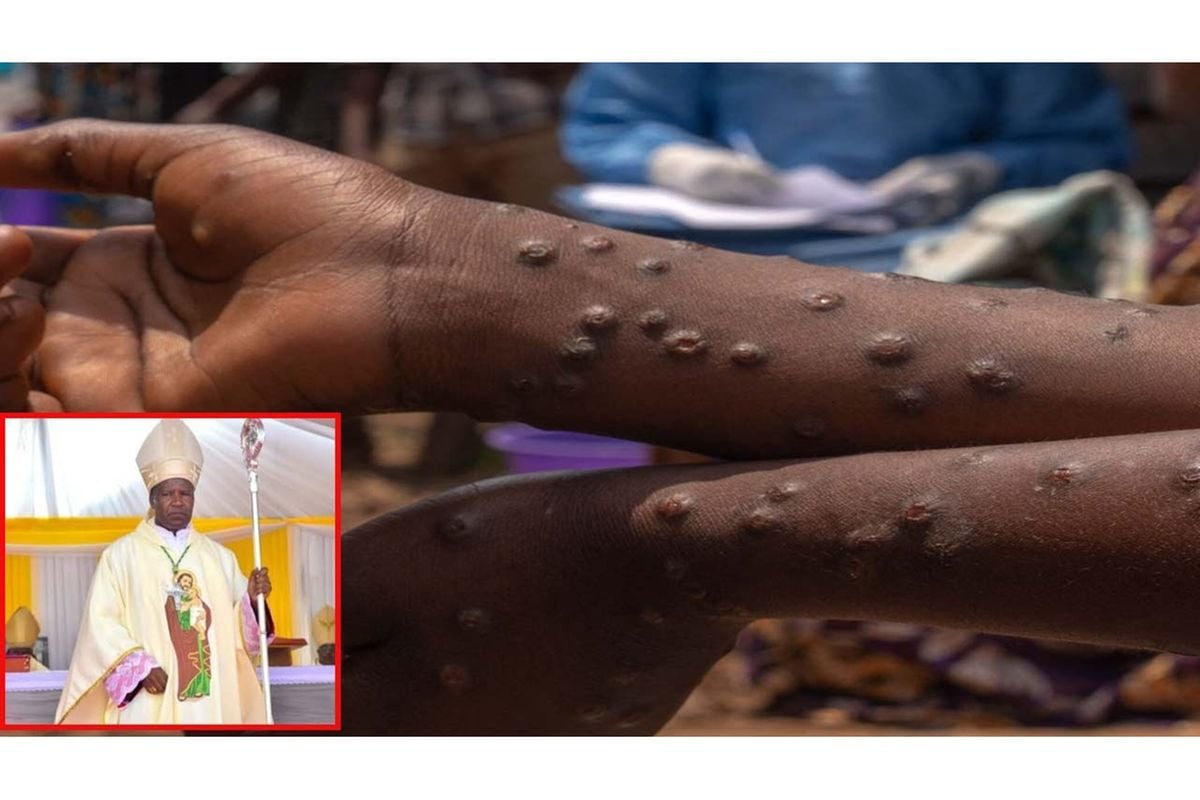Unguja. Shule ya Sekondari iliyosababisha mkandarasi kuzuiwa kufanya kazi Zanzibar imekamilika na kufunguliwa rasmi.
Sekondari hiyo iliyopewa jina la Hassan Khamis Hafidh yenye ghorofa tatu ina madarasa 41.
Mwonekano wa Shule ya Sekondari Hassan Khamis Hafidh.
Ujenzi wake umegharimu Sh5.4 bilioni ambao ulianza Februari 2022.
Kwa mujibu wa mkataba ilitakiwa kukamilika Agosti mwaka 2022.
Hata hivyo, alipotembelea ujenzi wa shule hiyo Julai 17, 2022, Rais wa Zanzibar, Dk Hussein Mwinyi alikasirishwa kutokana na kusuasua kwa ujenzi uliokuwa ukitekelezwa na kampuni ya Associated Investiments Ltd ya Dar Salaam.
Dk Mwinyi aliagiza mkandarasi asitishiwe mkataba na asipwe zabuni yoyote Zanzibar.
Baadaye ujenzi wa shule hiyo ulikabidhiwa kwa Chuo cha Mafunzo cha Serikali ya Mapinduzi ya Zanzibar na kusimamiwa na kitengo cha ujenzi cha Wizara ya Elimu na Mafunzo ya Amali.
Akizungumza Aprili 22, 2024 wakati wa ufunguzi wa shule hiyo, Rais Mwinyi amesema licha ya mradi huo kukabiliwa na changamoto mbalimbali wakati wa utekelezaji, hatimaye umefanikishwa.
Amesema huo ni mradi pekee uliotekelezwa kwa fedha za Uviko-19 uliochelewa kuzinduliwa.
“Nipongeze chuo cha mafunzo kwa kukamilisha mradi huu, nia ya Serikali ni kupunguza msongamano wa wanafunzi wengi madarasani na kubakisha wastani wa wanafunzi 45 kwa kila darasa moja, sambamba na kuweka mkondo mmoja kwa skuli zote za Unguja na Pemba,” amesema Dk Mwinyi.
Amesema hali hiyo itasaidia matokeo mazuri kwa kuwepo mazingira mazuri ya kujifunzia.
Waziri wa Elimu na Mafunzo ya Amali, Lela Muhamed Mussa, ameahidi kuisimamia kwa ufanisi wa hali ya juu miradi yote inayotekelewa na kusimamiwa na wizara.
Katibu Mkuu wa Wizara ya Elimu na Mafunzo ya Amali Zanzibar, Khamis Abdalla amesema ujenzi wa shule hiyo umejumuisha madarasa 41, ofisi nne za walimu, ofisi ya mwalimu mkuu, matundu 52 ya vyoo, maktaba, maabara, chumba cha kompyuta, stoo na ukumbi mkubwa wa mikutano.
Source: mwananchi.co.tz




